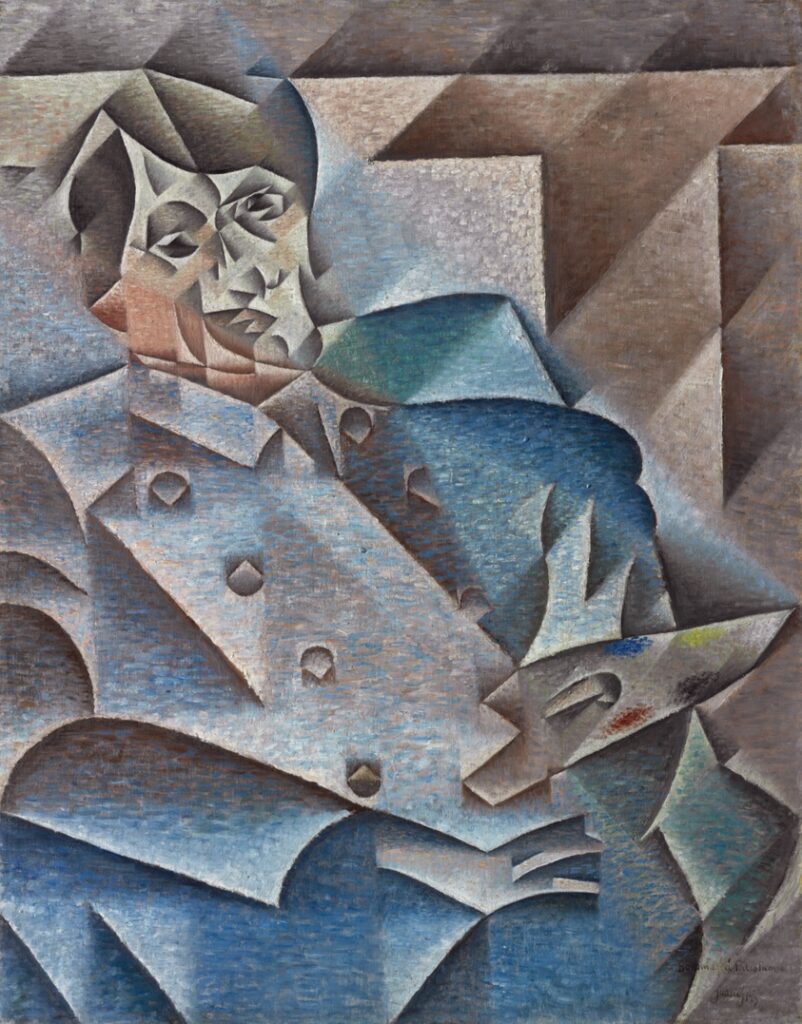The fracturing of old ways reveals the ambiguity of life that has always been present. To become an active member of a community of interpreters involves the obligation to growth truth. View the study sheet here. Watch the recording here.

On August 15, 1620 a ship set sail from Southampton, England. Crowded into the 106-foot long ship were 102 passengers and 30 crewmembers. Among the passengers were 41 Protestant Separatists who sought to create a new congregation apart from the Church of England. Also on board were merchants, craftsmen, indentured servants, and orphaned children. The Separatists, who later became known as the Pilgrims, called them “strangers.” Together they constituted the human manifest of the Mayflower.
Those sailing on the Mayflower carried with them a charter from the Virginia Company. It granted them the right to establish a settlement on land that the Company controlled along the eastern coast of America under authority from King James I.
Sixty-six days of storm-tossed seas drove the Mayflower off-course. When they finally landed, they were over 400 miles north of their intended destination. Without a specific charter for that territory, they had no legal right to settle there. They had no document detailing rights and responsibilities among themselves or their relationship to a sponsoring authority.
Rebellion erupted. Some declared that they were under no obligations to anyone. Recognizing that survival required some measure of social cohesion and accountability, the Pilgrims drafted a document which proclaimed the obligation of each member to create a “civil body politic.” They agreed to be governed by elected officials and to enact “just and equal laws.” This was the Mayflower Compact, signed by a majority of the males in the group.
Driven hundreds of miles off-course by storms, having landed at territory outside the jurisdiction of any permitting authority, the Pilgrims and the “strangers” with them created the first document to establish the principles of self-government in the New World.
Upheaval and non-sense flood through Parshat Chukat-Balak. The portion opens with reference to that which provides order: law (“chukat”). Yet, immediately thereafter it describes a ritual using ashes to purify someone who has become impure but which impurifies one who has prepared the ashes. Political crisis afflicts the community. Aaron and Miriam die. Moses fails to follow precisely God’s instructions for providing water for the people. As a result, he is forbidden to enter the promised land. Also described is a standard made of a copper snake which, by being looked upon, heals someone who was bitten by a snake. And toward the end…a donkey talks!
This dissolution of order, the loss of leadership, the description of rituals which defy rational comprehension, the story of a seer who cannot see the divine right in front of him but whose donkey does, and the speaking donkey all seem to portend turmoil and the end of all things….Or the beginning of something new.
Juan Gris was born in 1887 in Madrid, where he studied painting as a young man. In 1906 he moved to Paris, where he met Pablo Picasso, George Braque and Gertrude Stein, each of whom was deconstructing their respective art mediums in order to express something in a new way for their age. Gris became one of the most talented of the Cubist painters. Stein described him as the only Cubist talented enough to make the older Picasso uncomfortable.
Cubists rejected the notion that art should replicate what the eye sees and what the brain orders. They shattered singular surfaces into multiple planes. The comfort of idealized beauty was supplanted by the provocation of complexity. Their work demanded that viewers transcend being passive tourists of a canvass and become active interpreters of what was before them.
Pictured here is Gris’ piece Portrait of Pablo Picasso. He has fractured his subject’s face into a prism of planes and geometric shapes. Echoing that dissolution of familiar form and its reconstruction are the parallel lines in the background. Life is dynamic and complex.
Picasso himself said, “Art is the lie that reveals the truth.” The viewer is invited to participate in discovering and constructing the truth. It is an empowering relationship the artist offers.
Our Torah portion shatters much of what we have come to rely on thus far in our journey: leaders we can count on, rituals that are coherent, and the respective roles of humans and animals. If we are to finish the journey home, we can no longer be passive travelers along the way. The art of Torah also offers an empowering relationship.
As the poet writes, “Truly, God’s salvation is near those who are in awe of God/so that God’s glory dwell in our land/Kindness and truth have met; justice and peace have kissed/Truth will sprout from the earth, and justice will look down from heaven.” (Psalm 85:10-12). There is digging and planting and nurturing to be done. Truth depends on us.
Join us here at 7:00 p.m. (PT) Thursday, June 29 as we explore the truth depends on us.








